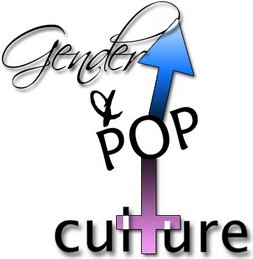
This collage displays how in the Disney movie Cinderella it is portrayed that in order to get a man to fall in love with you, you have to look and dress pretty. According to Helen Brown, the former editor-in-chief of Cosmopolitan, “To get into the position to sink a man it was not necessary that a woman be beautiful, but she had to know how to create an illusion of beauty” (Humez, 120). In Cinderella, it is not until she gets dressed up that a man falls in love with her. Before that, when she is dressed just as a peasant girl, she does not get the attention from any guys. The collage shows this by placing Cinderella without makeup and a dress and other girls who are made up on the left and then in the middle I placed the different items that are used to “create the illusion of beauty” and then on the left shown what would be the result according to Brown.

